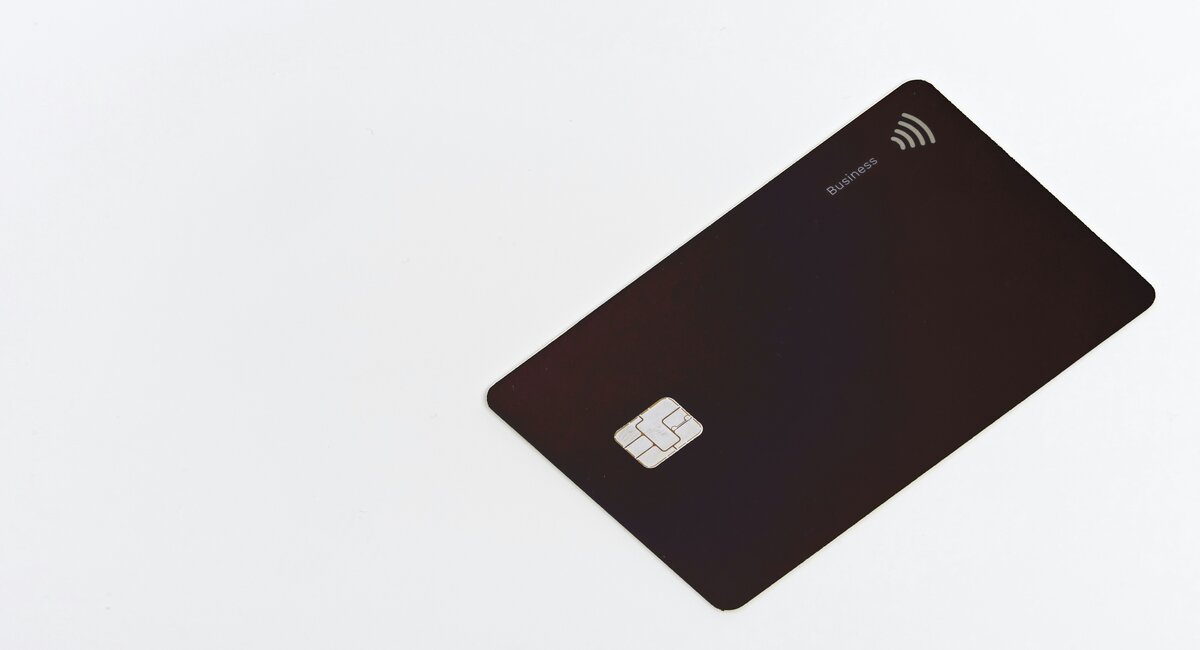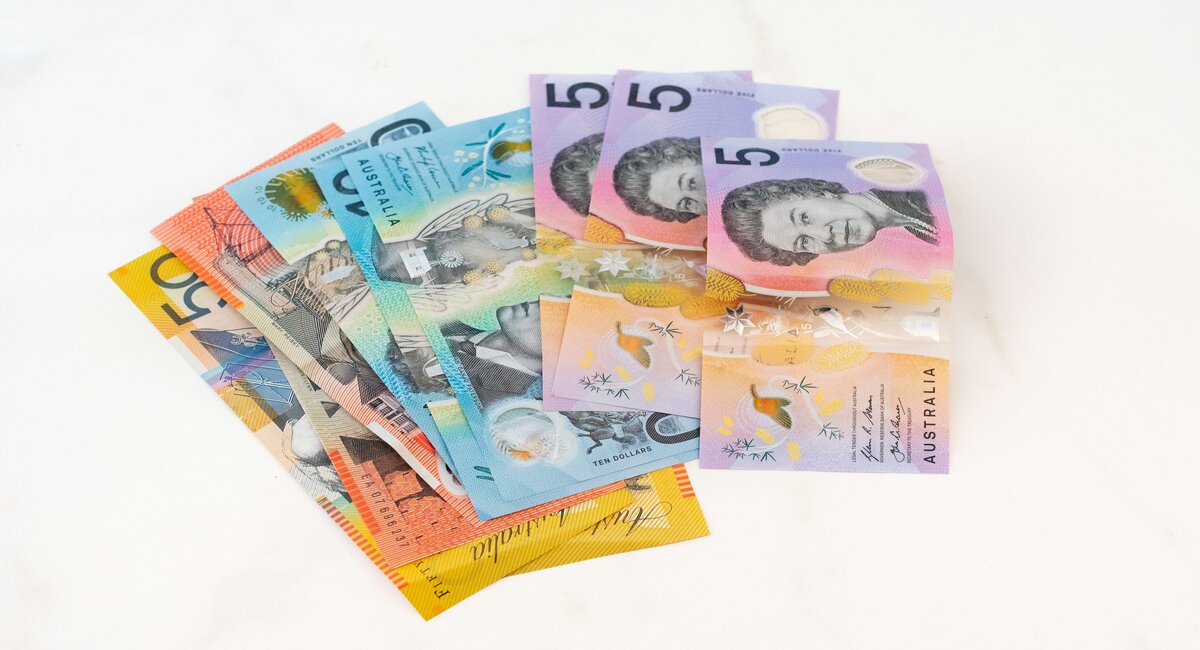It’s easy to see the appeal in a rewards card – by simply spending money on it you can earn points which can be used to pay for particular things. A recent study by Citi found that 56% of Australians would choose a credit card based on the rewards program offered. This makes sense when you think about it – most people would choose a card that maximises their monetary benefit.
But, the same study by Citi also found that while 71% of consumers were aware of what their rewards program was offering, 38% were dissatisfied with their current reward offering. For some, it can be quite hard to actually earn enough rewards points to make having a card worthwhile.
According to analysis by Mozo, the average net value of rewards programs offered by the major banks have plummeted by 96% in the past two years, following new regulations imposed by the RBA (Reserve Bank of Australia) on merchant interchange fees.
Mozo’s research reported that a $24,000 annual spend on a major bank’s card in 2016 would have fetched you $284 worth of rewards. In 2018, you’d need to spend $60,000 to get the same value, with $24,000 returning just $12.
Mozo also found that the average spend required to get a $100 gift card through rewards points is more than $22,400 across all cards – up nearly $4,000 from 2015.
So generally, it’s harder to get value from rewards cards these days. But that’s not to say there aren’t opportunities to earn rewards for your spend. The 11 credit card point hacks below would help you do just that.
A new report has revealed customers need to spend $22,000 to earn $100 worth of credit card rewards. #9Today pic.twitter.com/rTLRvrVixu
— The Today Show (@TheTodayShow) September 20, 2018
11 rewards-point maximisers
1. Do your homework to find the right rewards card
This is probably the most important step you can take, and there are two key tidbits of research from an American Express survey that explain why:
Almost half (42%) of respondents admit that they didn’t research the rewards on offer before choosing a credit card – 32% of them regret this
Cardholders who understand their credit card offering thoroughly earn, on average, 66% more rewards points than those who don’t.
So taking the time to actually find a card that suits you (instead of one with flashy marketing campaigns) can really give your rewards a boost in the long-run. You should look to compare cards on the following things (we’ll explain some of these in greater detail throughout this guide):
- The interest rates and fees
- The interest-free days
- The points-to-dollar ratio and what each point is actually worth
- Any signup bonuses offered
- The complementary features on the card
- The points caps and expiry dates the card has (if any)
- Partnerships with other outlets
2. Make the most of signup bonuses
You’ve probably come across adverts from credit card providers promising signup bonuses such as “100,000 free points for signing up!*”
For one in ten Aussie cardholders, these signup deals (points or cashback offers) are the biggest deciding factor when choosing their main credit card, according to an RBA paper published in 2018.
But notice that little asterisk next to the offer? It’s important, as there are usually terms and conditions that come with each deal. For example, the points might be spread out over a period of time, or you might have to spend a certain amount to activate the points.
But signing up for a card with a big points offer can be a great way to jumpstart your points, and there is even a community of people (found in online forums) who take advantage of these offers by signing up, collecting the points then cancelling the card and finding a new one (a method known as credit card churning).
3. Look for cards with the high points-to-dollar ratio
You should always remember that not all rewards cards are created equal. So how do credit card points really work? For most rewards credit cards, each dollar of spend earns one rewards point, but it can be more or less – a different card might provide one rewards point for every $1.25 spent on the card, even one from the same provider.
As an example, let’s take a look at two American Express rewards cards:
- One card earns one Amex rewards point for every eligible $ spent
- Another earns two Amex rewards points for every eligible $ spent
Bear in mind that it’s more likely that a card with a greater points-per-dollar ratio will carry a higher annual fee and a higher interest rate.
4. Use your card for everyday purchases – just make sure to pay it off!
This one’s a pretty simple way to earn credit card points fast. Using your credit card for all of your eligible spending will help maximise the points you can earn. Going grocery shopping? Credit card. Movies? Credit card. Gym membership? Credit card.
Doing as much of your spending on your credit card as possible can work wonders for the rewards points you earn, especially if you combine it with spending at partnered outlets, which we’ll explain below.
This method should not be attempted if you can’t pay off the balance in full every month. Using your credit card for everything will significantly increase your credit card debt, which can lead to much higher interest charges. So be careful with this one, and have money aside in your bank account.
5. Look for cards with partnerships that suit your spend
There’s no shortage of rewards cards who have partnerships with specific outlets, often supermarkets, petrol stations or retailers like David Jones and Myer. While regular spending with your card might earn you one point per dollar spent, one dollar at a linked partner such as these could earn you up to three points per dollar.
If you do most of your shopping at particular stores, finding a card that’s linked to them can help build your rewards points faster.
6. Share a credit card account with a family member
If you and your spouse/partner both use a credit card and are happy to share in the rewards, consider setting up a joint credit card account so that you’re both earning rewards towards the one points balance. Having two or more cards linked to the same rewards program could double your earning potential.
Most providers will send you an extra credit card on the same account if you ask for it, but this may come with an extra card fee. Read our fees article for more information on credit card fees.
7. Don’t split the bill – get everyone else to pay you back
This can really apply to anything involving group expenses. The concept is simple – let’s say you’re out to dinner with friends and the final bill comes. Offer to pay for it all with your credit card and get everyone to pay you back later.
Other opportunities to do this could include group grocery shops (e.g. if you live in a share house) or group holidays. You can also use apps like Splitwise to keep track of who owes who to make sure you get paid back.
8.Earn points through travel – buy flights, accommodation and car hires
Earning points by buying flights with your card’s featured airline is one of the more popular ways that people do it, and it makes sense to do so if you need to travel somewhere. But the plane ticket isn’t the only way you can get points. Booking hotels and rental cars with your airline partner can also do the trick, as can booking Airbnb’s and restaurants.
Check with your card’s partnered airline before you book to see what kinds of offers they provide and how their credit card miles work for you.
9. Ask for a retention bonus
If you’ve done your research and found some suitable cards, calling your current provider and telling them you’re thinking of switching might lead to them trying to convince you to stay. You’re valuable to them as a customer, especially if you spend a lot, and keeping you is cheaper than the cost of acquiring a new one. Therefore they might offer you a retention bonus, like bonus rewards points or a reduced annual fee.
However if you’ve realised that your card is not giving you good value, you should still consider turning down the offer and switching.
10. Look for rorts anywhere you can
This won’t be available all the time, but every now and then you might come across a deal that almost seems too good to be true.
There’s a famous story in the rewards points world about a man named David Phillips, AKA, the Pudding Guy. The Pudding Guy is so named because of a famous rort he pulled in 1999 in California when he took advantage of a special offer run by Healthy Choice of 500 frequent flyer points for every 10 product barcodes sent in.
So what did he do? Buy more than 12,000 individual pudding cups worth 25 cents each, of course. This cost him $3,140, and for his trouble, he was rewarded with almost 1.3 million frequent flyer points. This was enough to earn him:
- Enough points for 31 free flights to Europe and back
- Priority boarding and upgrades
- A lifelong membership to the American Airlines Gold Club
The best thing about this story? PG (that’s Pudding Guy) donated all of the puddings to his local salvation army in exchange for their help in retrieving the barcodes in time. This charitable donation also entitled him to a tax deduction!
Source: Business Insider
You’ll often find certain promotions offering extra points for purchases these days, but their terms and conditions are usually water-tight to prevent things like this from happening.
11. Redeem your points for flights, not gift cards or toasters
Lastly, you’ll want to get the most out of your hard-earned points, and there are some redemptions that represent much better ‘value for points’ than others.
Steve Hui, founder of iFlyflat.com.au and known as ‘The Points Whisperer’, says that saving your points for flights, particularly business class flights, is the most efficient method.
Speaking to the Australian Financial Review, Hui recommends forgetting about using your points on things like gift cards or toasters, as these things generally represent poor value for points.
“Don’t blow your points, is my mantra,” Hui told the AFR.
“Take a Sydney-to-Los Angeles return, which is 192,000 Qantas points (classic rewards, not points and pay) for business class or 90,000 in economy.”
“A business class ticket is worth more than $6000 and the economy ticket is only worth around $1500, so you’re getting four times more value for only double the points.”
So while it can take longer to earn enough points for a business class flight, they can represent much better value. Further analysis by Mozo found that the average spend to redeem a $100 gift card vs a one-way flight from Sydney-Melbourne on a major bank rewards program varies drastically:
- The average spend for a $100 gift card with a big bank is $23,295;
- The average spend for a one-way flight is $13,727
That’s a near $10,000 difference in spending just to redeem points, so as a general rule of thumb, try to save your points for flights unless you really want that toaster.
Things to avoid when trying to earn rewards points
It’s easy to see yourself drowning in rewards points after reading all of this, but you can end up doing yourself more harm than good if you don’t take extreme care with your rewards card and the spending you do with it. Here are three key things you need to be aware of when trying to earn as many rewards points as possible.
Overspending
Chances are you’ll need to spend a large amount of money each month to generate enough points to be worthwhile, probably at least a few thousand a month if not more. but it’s important you don’t spend too much. Analysis from debt solutions agency Foxy Symes in 2017 found that of the 37% of Australians who’ve overspent on their credit cards, 10% of them did it just so they could collect more rewards points…
Doing this runs the risk of running into debt problems. If you spend more than you can reasonably afford to pay back, anything you still owe at the end of the statement period will be charged interest. Rewards cards are much more likely to have higher interest rates than non-rewards cards, so it’s more of a concern if you fail to meet your repayments.
If you do get stuck in a debt trap, it’s important that you:
- Stop all unnecessary spending immediately
- Work out how much you can pay off right now; if it’s all of it, then do that
- If you can’t, then at least pay more than the minimum amount. You can see in the table below how much of a difference higher repayments can make…
$5,000 of credit card debt on a 17% interest rate.
| Minimum repayments (2.5% per month) | Higher repayments ($200 per month) | Higher repayments ($400 per month) | |
|---|---|---|---|
| Total interest paid | $5,707 | $1,108 | $457 |
| Time taken to pay off debt | 18 years 7 months | 2 years 7 months | 1 year 2 months |
Source: ASIC credit card calculator.
Annual fees
In addition to having higher interest rates, your rewards card will probably have a higher than average annual fee too. These annual fees can be higher than $700 in some cases, and any rewards program worth its salt needs to earn you more than the cost of the rewards program. Only getting $400 worth of rewards each year on a $500 card isn’t going to cut it, so make sure you factor this into your decision.
An RBA paper published in 2018 found that only 40% of credit card users actually get a net positive value from their card, with high annual fees being the top reason for value being lost. Picking a rewards card when you aren’t suited to one could cost you an average of $230.
Points caps and expiry dates
Expiry dates
Is there anything more heartbreaking than accruing thousands of rewards points, only for them to disappear before you can use them?
Yes, there are probably many things worse than this, but it would still be incredibly disappointing, and that’s exactly what can happen if your credit card comes with a point expiry. Thankfully the majority of rewards cards on the market no longer come with expiry dates, and while this is slightly more common with frequent flyer cards, it’s still not common. For the cards that do have it:
- Qantas points expire after 18 months of inactivity
- Virgin Velocity points expire after 36 months of inactivity
- Bank branded points usually expire after roughly three years
Check your card’s PDS document to confirm how long you have to spend the points before they expire.
Points caps
Something that might be a bit more common among rewards cards is a points cap, which puts a limit on the points you can earn in a month or in a year.
There are generally two types of caps:
- Hard caps, which stop you from earning any more points after you reach a specified limit
- Soft caps, which reduce the points rate you get after a certain limit
For example, your card might give you one point for every $1 spent for every $5,000, then 0.5 points after that until the next statement period begins.
Given what we’ve said about the troubles of finding a rewards program that’s worthwhile, having a card with a points cap that makes it harder to reach a usable amount can complicate things, especially if the points also have an expiry date.
Savings.com.au two cents
There are more than 11 ways to maximise rewards points. A lot more. But, these are the ones we think are best for everyday use:
- Researching the right card
- Taking advantage of signup bonuses
- Look for cards with a higher points-to-dollar ratio
- Use the card on everything (and pay it all off!)
- Look for cards with suitable partnerships
- Share a credit card account with a family member
- Forget bill splitting and pay for every group expense with your card
- Put travel expenses on your card too
- Ask for retention bonuses before switching
- Look for unique deals and rorts when you can
- Redeem your points for the right things
These tips won’t be worth much if you pick the wrong card, which is why you ultimately need to consider the rates and fees being charged and whether they’re suitable for you. If it turns out you won’t be able to safely spend enough to earn an acceptable number of rewards points, maybe consider a more basic card and forget about the rewards for now.
We’ve created the following infographic to help you visualise these tips.




 Brooke Cooper
Brooke Cooper
 Harry O'Sullivan
Harry O'Sullivan